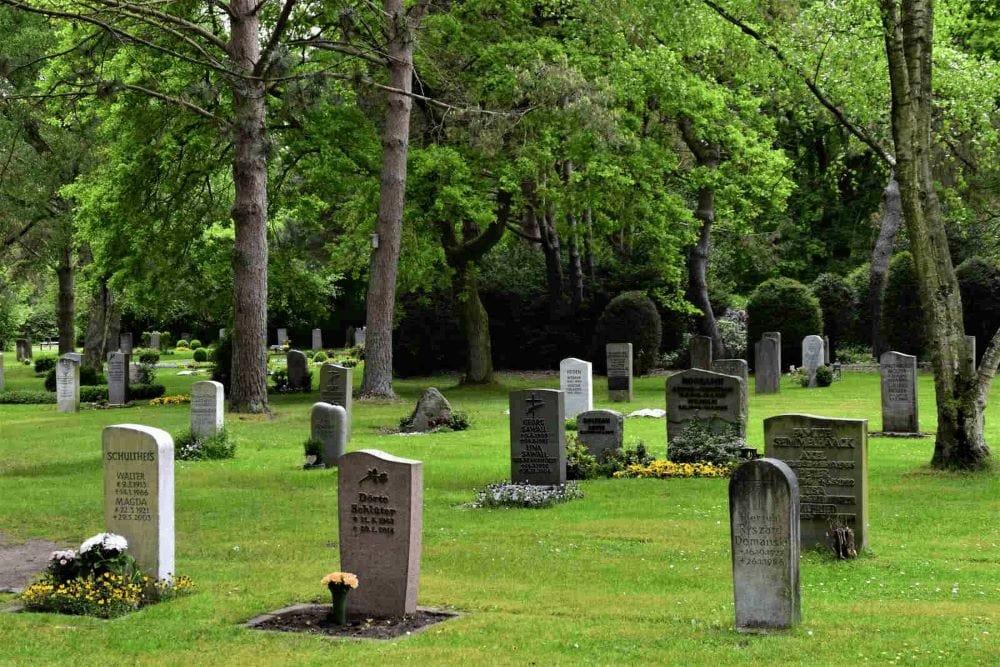It’s never easy to talk about end-of-life planning. Nonetheless, the talk will go more smoothly if you are prepared. Practically speaking, planning for the end only means reducing the burden you might one day place on your loved ones.
Like other aspects of your estate plan, making an end-of-life plan might be difficult, but you can relax once it’s in place. It guarantees that your preferences are communicated, saving your family and loved ones the challenging chore of making decisions on your behalf. That alone makes end-of-life preparation worthwhile, no matter how difficult the process may appear. Consider it one of your final presents to your loved ones.
Here’s all you need to know about end-of-life planning
Ultimate Checklist for End-of-Life Planning
When you plan to communicate with your loved ones and understand why end-of-life planning and care are crucial, you may feel at ease knowing that you’ve done all within your power.
The following checklist will help you ensure your strategy is focused and comprehensive.
Compile Your Documentation for End-of-Life Planning
A Living trust: It will allow you to manage your estate and assets both during your life and after your death.
A living will: It will ensure that in the situation that you become disabled and are unable to communicate your preferences on your own, your requests regarding medical decisions will be carried out.
Your last will/testament: It specifies how your assets should be managed and what will happen to any dependents following your death.
Healthcare, durable medical, healthcare proxy, and stable financial POAs: The nature and authority of a power of attorney document might vary, but it will name or designate someone to make financial, legal, medical, or business decisions on your behalf if you are unable to do so for yourself.
Choose Between a Trust and A Will
The idea that trusts are reserved for the incredibly privileged is common. But, the truth is that everyone with assets or property valued at more than $160,000 should think about creating a trust.
Trusts provide privacy and protect you, your loved ones, and your legacy when you pass away. Also, your loved ones will avoid the costly, sometimes traumatic, and invasive public probate procedure when your estate is maintained in a trust.
However, you can use a will to name your guardians, state how you want your assets passed down, and plan for your final arrangements.
List Your Possessions
Everything you own and leave to your heirs is known as your assets. A list of assets might differ significantly depending on what you’ve gathered. The list of potential assets you might include in your estate plan is below.
- Checking/Savings Accounts
- Money, CDs, and Treasury Bills
- Land or real estate
- Investments/Stocks/Bonds
- Planning for retirement/pension
- Term Life Insurance
- Art/Collectibles
- Jewelry
- Corporate Resources
Do Adequate Planning for End-Of-Life Housing
End-of-life housing should be done at an early stage. A few tips can help guide you on how to go about the process. Firstly, you need to determine the type of housing you’ll need. It is one of the most critical questions you need to ask yourself. There are three options: in-home care, assisted living facility, or a nursing home.
Make a List of Your Final Desires, Including Funeral and Burial Details
There are several types of funeral services available:
Traditional Services: Often held in a church or funeral home, traditional services—also called complete funeral services—are stored for deceased loved ones.
Viewing & Visitation: Usually, a casket is left open during the designated visitor hour.
Wake: A gathering frequently at a house before a more official ceremony.
Memorial service: A memorial ceremony is often held following a burial or cremation.
Celebration of Life: A memorial event allows close relatives to pay their loved ones a heartfelt tribute.
Committal or graveside service: A short service may include prayers and flowers after a funeral.
Spreading of ashes ceremony: The ritual for dispersing ashes is customary following cremation and can occur anywhere.
Make a Death Notice or Obituary
An obituary is frequently written after death, although there’s no need to wait until then. Some people write their own obituary and death notice, while others speak with a trusted friend or relative about what they want to be mentioned when it comes.
Basic details, including a complete name (and maiden name, if wanted) and a nickname, are typically included in a death notification (if one was used). It may also include the deceased’s date and place of death, the names of any living relatives, and information on any services or funerals. It is customary to have the terms of organizations or locations in addition to the cause of death. However, this is not always the case.
Contact An Estate Planning Attorney for Your End-of-life Planning
Estate planning is an important step in the later stages of your life, and it helps make your family understand what your assets are and how they need to be managed in the event of your death or illness.
If you want to discuss your real estate planning, in that case, you can contact the Nevada probate attorneys at Bourassa Law Group. We can provide highly individualized estate planning services to help you avoid probate.
Call us at (800)870-8910 for a FREE consultation!





